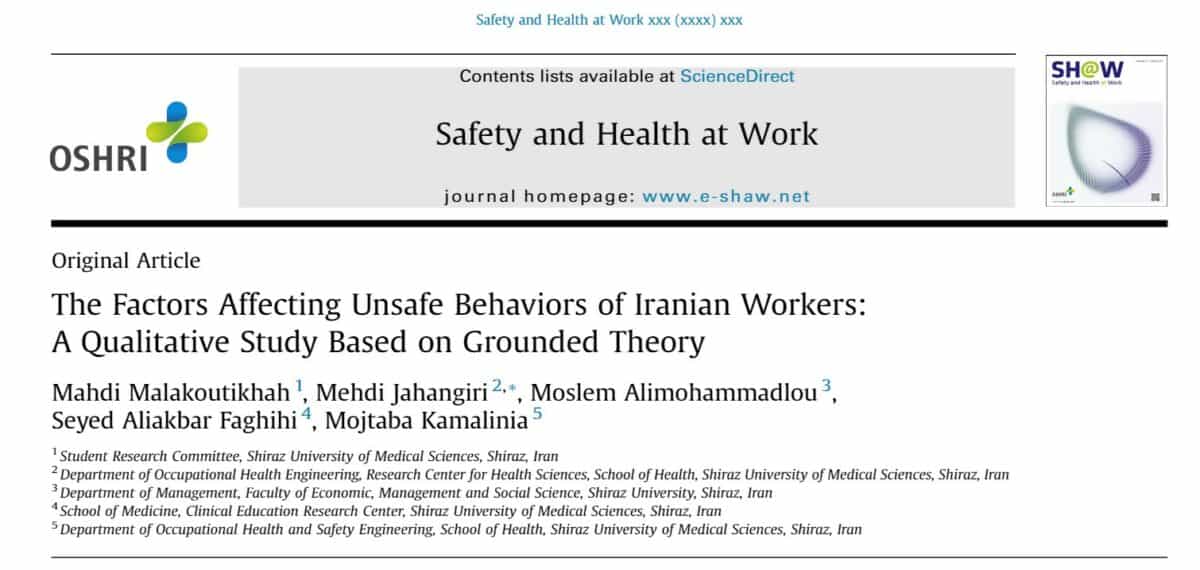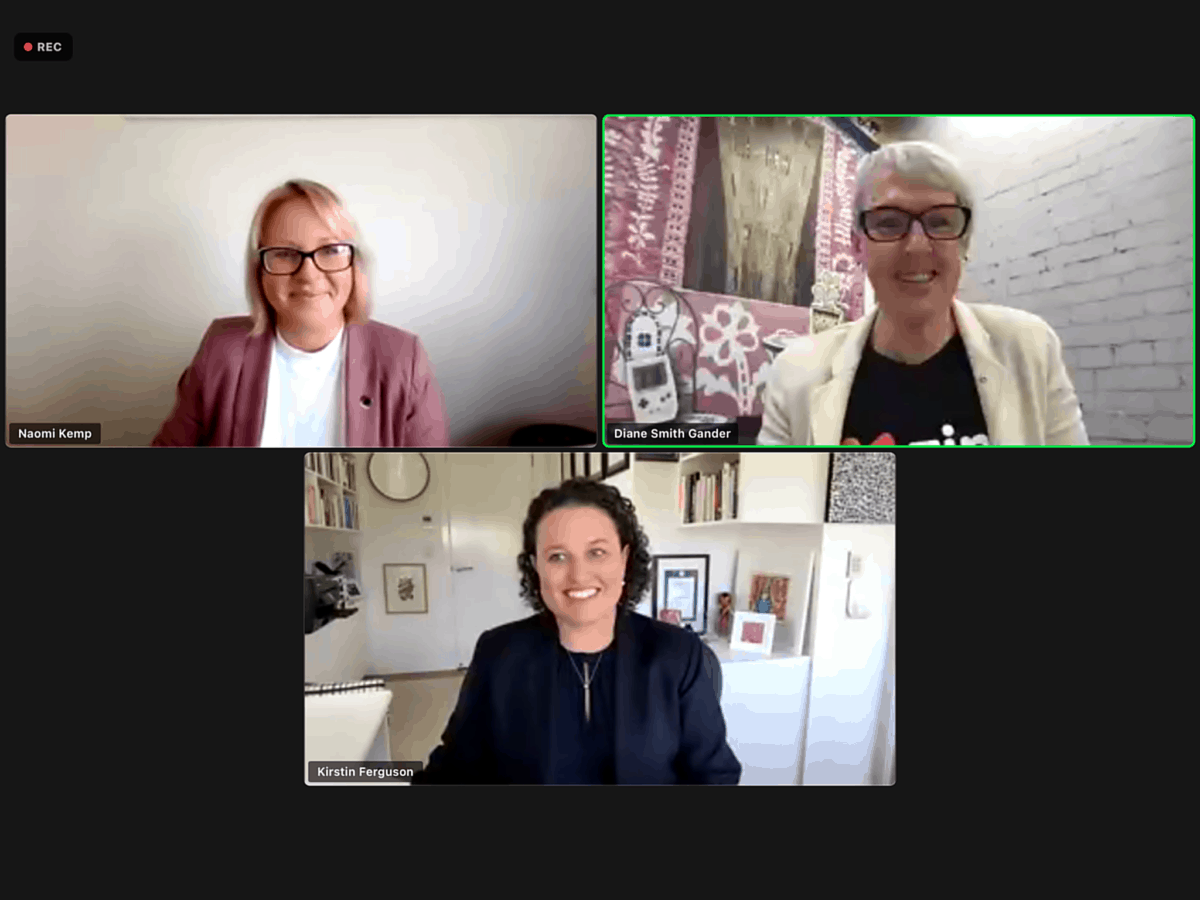Australia has commenced its consultation process for the development of its next ten-year national occupational health and safety (OHS) strategy. These are peculiar documents as no one ever seems to be punished for not achieving the targets or the performance targets are so narrow or general that it is impossible to not achieve them.
One of the elements that all such strategies seek is “emerging hazards”. Even harder is when they seek hazards that no one else has considered or have yet to emerge. One of the challenges with these strategies is less about what they say than how they are implemented and enforced.







